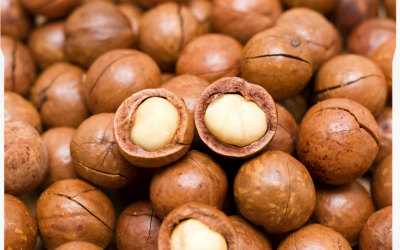Nuts Drying Machine & Techniques
How to Dry Nuts and Prolong its Shelf Life?
Airtek Food Dehydrators is a maker of commercial and industrial dehydrators with drying areas ranging from 130 to 1000 square feet. This blog discusses how dehydration works, the best strategies for doing so, and why my dehydrators are the best value on the market today. Energy-efficient appliances save you money, time, and the environment.
Nuts and seeds are unquestionably delightful, whether eaten by the handful, popped into your mouth one by one, or blended into smooth, creamy butters. Many people appreciate these delectable tiny superfoods, and they make potent and handy supplements to almost any diet.
However, many people are unaware that if nuts and seeds are not properly cared for and cooked, they can be rather difficult to digest. I put together this complete instructions for soaking nuts and seeds after receiving questions from readers. Don’t lose out on the nutrients, minerals, and healthy fats that these crunchy snacks provide!
Things you should know about Nut seeds
Phytic acid, a type of bonded phosphorous that functions as a physiological protectant and antioxidant for plants, is abundant in raw nuts and seeds, and even more so in raw seeds. While phytic acid protects seeds until they germinate, it binds to minerals in the gastrointestinal tract, producing discomfort and contributing to the risk of vitamin shortages in humans. Humans, on the other hand, do not create enough of the enzyme phytase to break down this perplexing anti-nutrient, making phytate-rich diets problematic.
By soaking in salt water and dehydrating at a low temperature, the phytates and enzyme inhibitors that make nuts and seeds so difficult to digest can be simply neutralized. Minerals and heat work together to break down unpleasant chemicals while retaining healthy fats and proteins. Using seawater and the sun, many indigenous societies intuitively practiced these preparation processes and transmitted this knowledge down through centuries.
It’s critical to dry nuts and seeds at a low temperature in order to retain as many natural enzymes and fragile unsaturated fatty acids as possible. The maximum heat you should use is 150 degrees Fahrenheit, though temperatures around 110 degrees Fahrenheit are ideal. Dehydrators are great for the work and can dry nuts without compromising the taste. Keep in mind to set the dehydrator at a low temperature around 175-200° F by default.
Learn How to Dry Nuts with Airtek Heat Pump Food Dryer/ Dehydrator. Read More about the related nut drying below.


